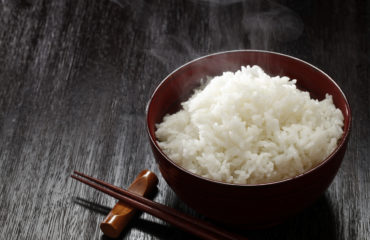4 Types of Fish to Avoid Eating.
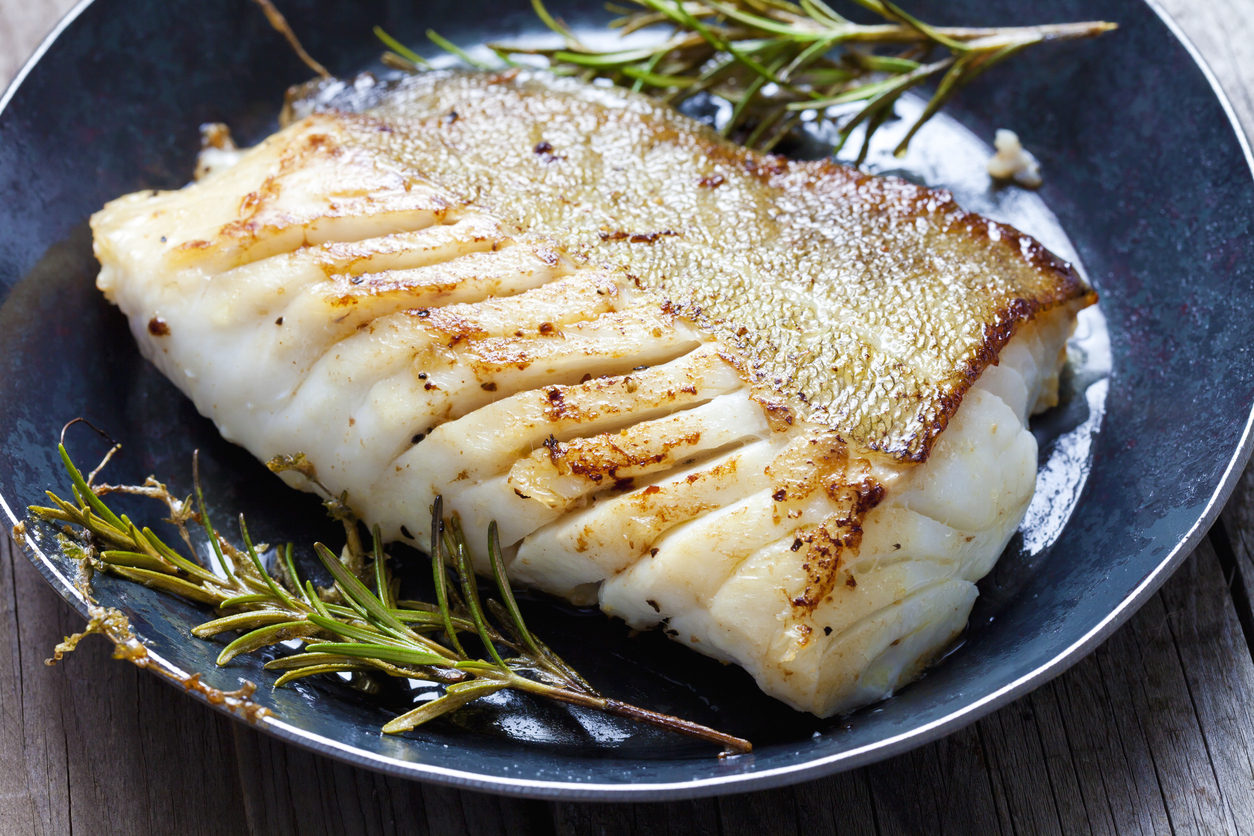
Eating fish is one of the healthiest choices we can make. However, certain pollutants can increase health risks. Some fish contain contaminants such as metals, pesticides, and parasites, which can negatively affect our health. In addition to the health risks of certain fish, unsustainable fishing practices have also had a significant impact on our ecosystem.
Here is what you need to know, to make the proper informed decisions when it comes to choosing the right types of fish to eat.
Here are 4 Types of Fish to avoid eating:
- Atlantic Cod
- Tilefish
- Bluefin Tuna
- Mahi Mahi
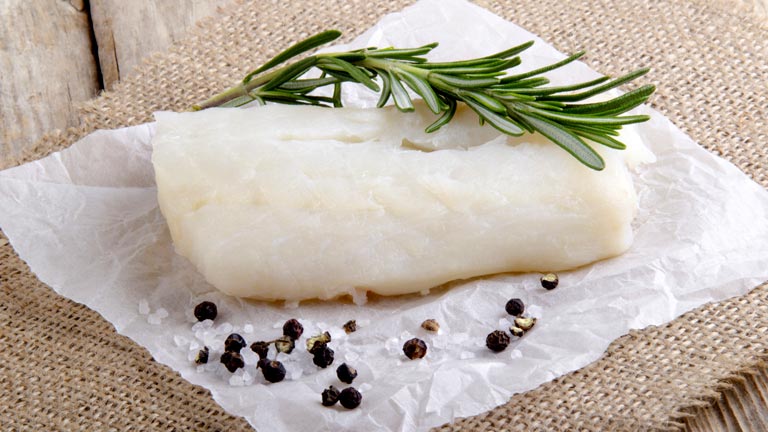
Atlantic Cod
Atlantic Cod is one of the most delicious white fish options available to us. However, although delicious Atlantic Cod has been overfished throughout the last decade. This has caused significant population declines. In order to avoid environmental impact, Avoid Atlantic Cod, and help improve environmental sustainability.
Alaskan/Pacific Cod is an excellent alternative choice. Mild in flavor, and flaky in texture it is very similar to that of Atlantic cod.
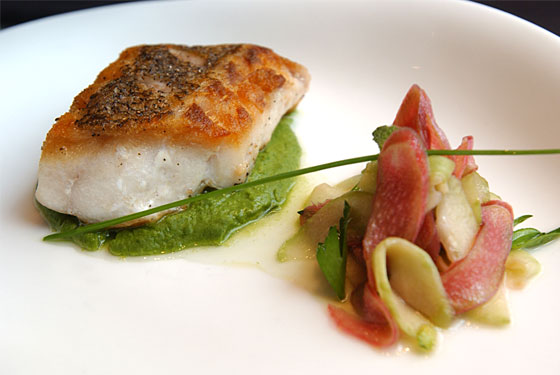
Tilefish
Based on research Tilefish is said to be avoided completely. Brian Clement, Author of “Killer Fish: How Eating Aquatic Life Endangers your Health”, states that Tilefish has some of the highest mercury levels of any fish. The Environmental Protection Agency recommends a maximum of one serving of Tilefish per month.
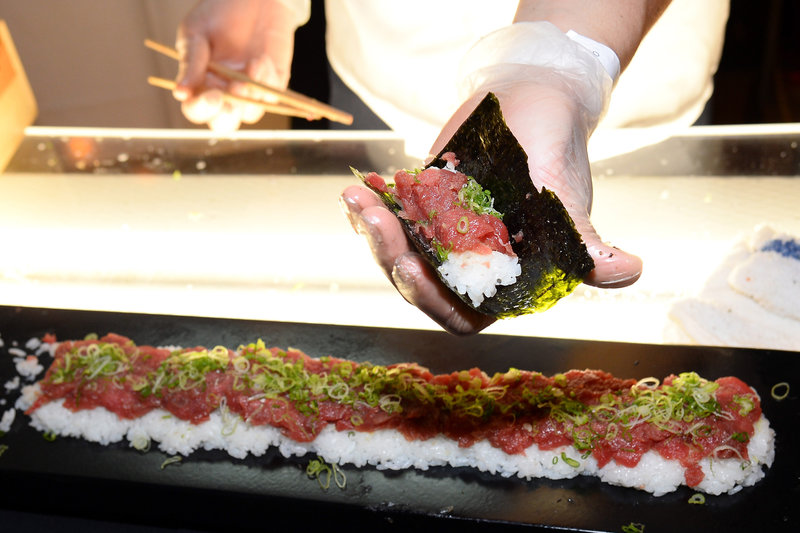
Bluefin Tuna
Variations of Tuna such as Yellowfin, Albacore, and Light Tuna contain moderate to high levels of mercury. Due to mercury levels, consume Tuna in moderation. However, Bluefin Tuna commonly seen in Sushi restaurants should be avoided when possible.
Bluefin Tuna has a similar mercury level to that of its relatives. However, when it comes to ecosystem sustainability it grades poorly.
Longlines are the most popular method of fishing Bluefin Tuna. The problem with longline fishing is, it causes significant damage to the ecosystem. This ecosystem damage is due to bycatch. Bycatch is the incidental capture and death of non-target fish
Globally bycatch is estimated to be 40% of the world’s total catch. Bycatch severely impacts our ecosystem. Yearly there is nearly 63 Billion tons of bycatch. This includes the loss of life of many endangered species, such as Sharks.
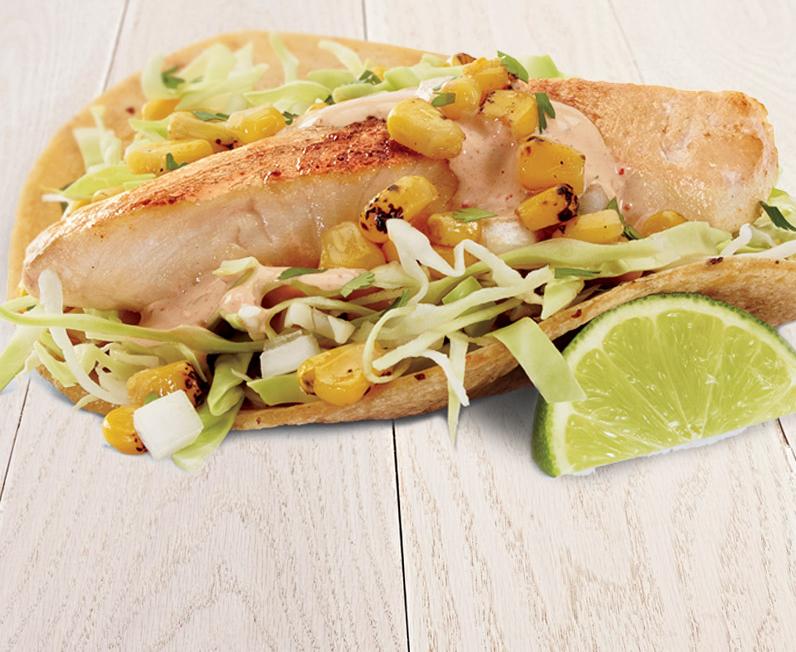
Mahi Mahi
Mahi Mahi is a popular exotic seafood choice. However, when it comes to consumption of Mahi Mahi caution is to be used. Common things to look out for can include, histamine poisoning, and scombroid poisoning. If not properly refrigerated, bacteria breaks down the amino acid histidine in the fish. This causing histamine, which can cause an illness that resembles an allergic reaction.
Despite fish commonly smelling spoiled, Mahi Mahi can can contain unusually high levels of histamine without any appearance of it being rancid. To avoid these common problems be sure to purchase Mahi Mahi from a reputable source, and fine dining establishment.
Conclusion
When purchasing Fish from the grocery store, or at a restaurant it is important to keep in mind the impact what you are eating has on your health, and the ecosystem. Consider the country of origin, and whether the fish is wild-caught or farm-raised. Also look into the Mercury levels as this is a significant health factor.
In addition, be careful of Fish that is out of season. Fish that is out of Season and offered at a price that is too good to be true, this must be for a reason.
References:
http://www.livestrong.com/slideshow/1010759-13-types-fish-avoid/
http://www.npr.org/sections/thesalt/2015/01/07/375366742/why-some-chefs-just-cant-quit-serving-bluefin-tuna
http://www.coastalliving.com/food/seafood-basics/kinds-cod










